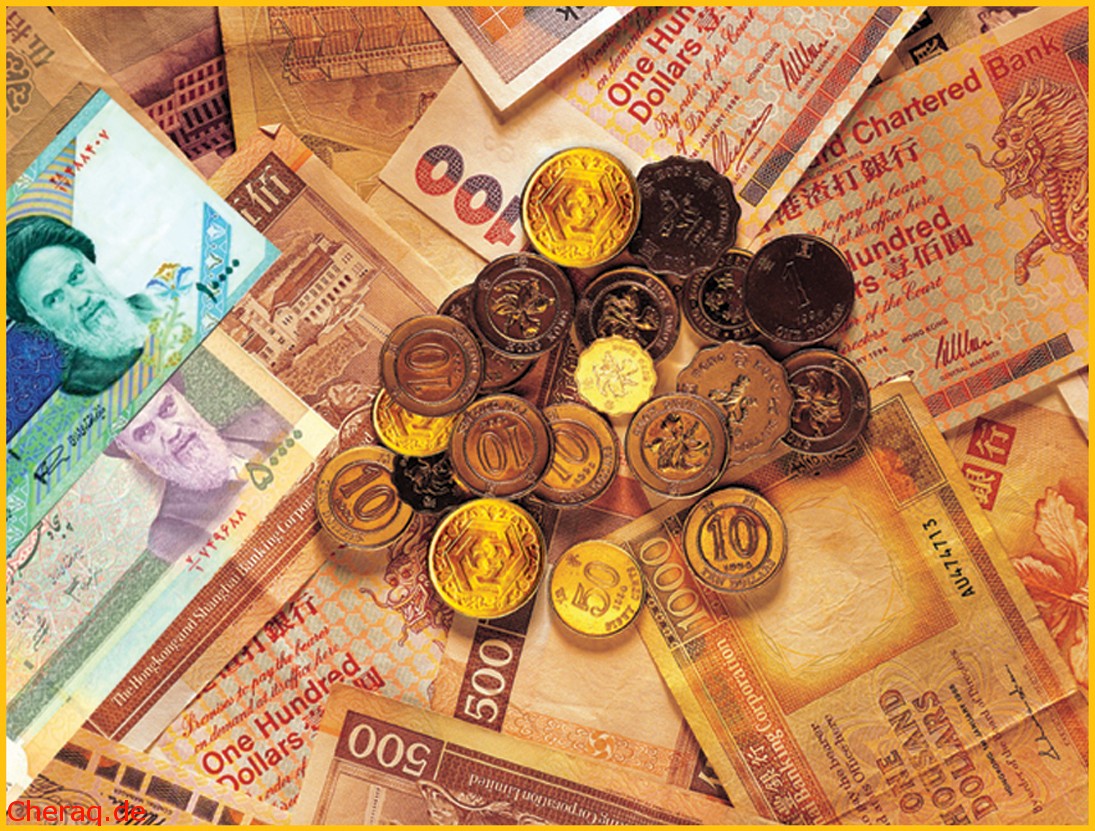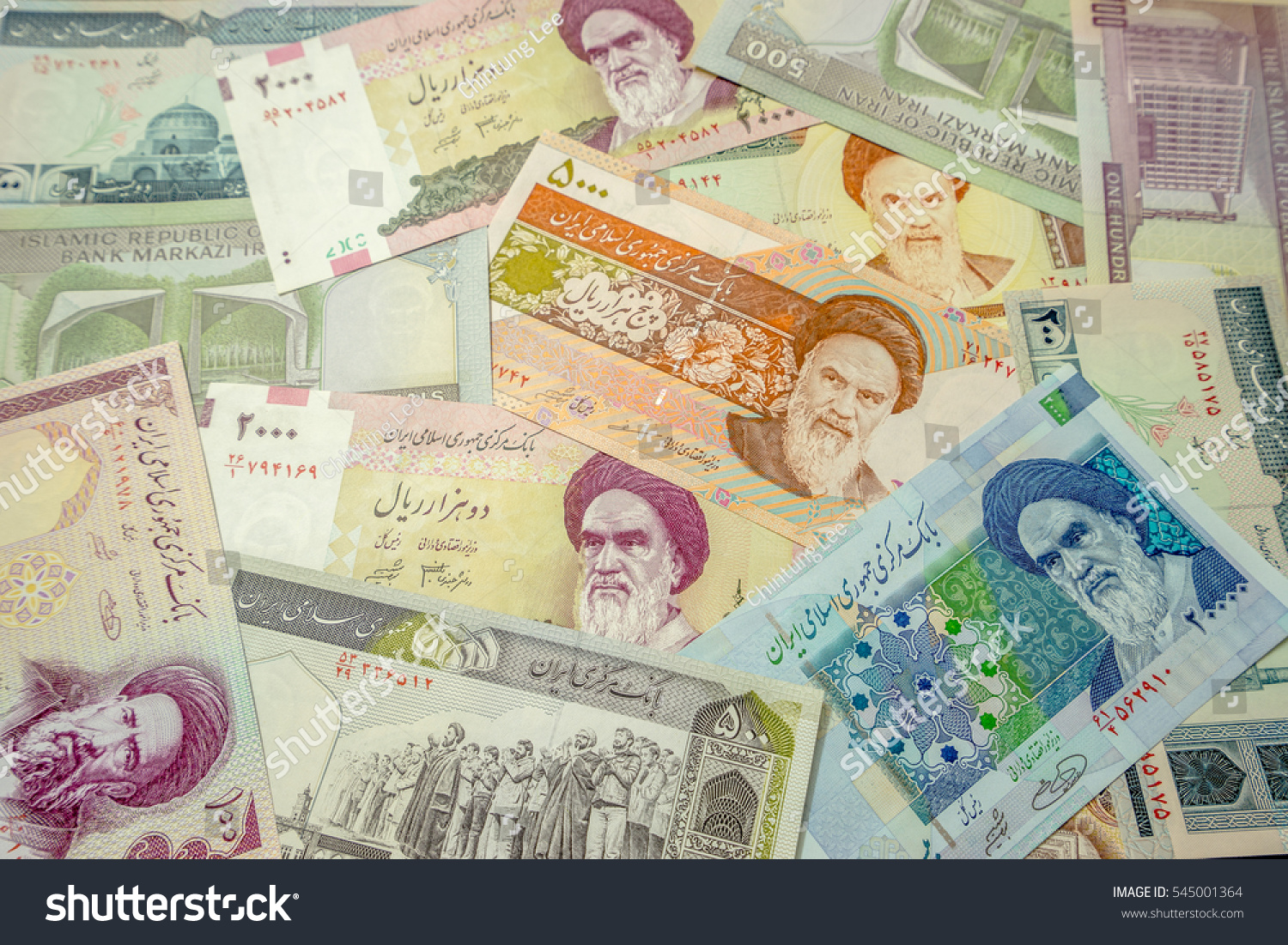Table of Contents
- What is Iran's Economic Makeup and How Much Money Iran Have?
- The Flow of Funds - How Much Money Iran Have Received Over Time?
- Frozen Funds - Where is Iran's Money Held Back?
- Sanctions and Their Impact on How Much Money Iran Have
- The Nuclear Deal's Financial Impact - How Much Money Iran Have Gained?
- Iran's Support for Other Groups and How Much Money Iran Have Used
- Currency Stability and Inflation - How Much Money Iran Have Been Affected?
- Recent Unfrozen Funds and What It Means for How Much Money Iran Have
Figuring out how much money a country like Iran possesses can be quite a puzzle, especially when you consider all the different stories and figures floating around. It's not just about a single number; rather, it involves looking at a nation's economy, its dealings with other countries, and the various ways funds move in and out. We often hear big sums mentioned, sometimes tied to specific events or political discussions, and these figures, you know, can really shift how people view things.
When people talk about Iran's finances, they're often referring to a mix of things: what the country produces, the money it holds in other nations' currencies, and funds that might be held back for various reasons. It's a complex picture, shaped by international agreements, trade policies, and internal economic structures. So, understanding the true financial standing means looking at a variety of sources and historical moments, which, in some respects, paints a clearer picture than just one headline.
This piece will try to make sense of these numbers, exploring where Iran's money comes from, where it goes, and how political events have influenced its financial situation over time. We'll look at official records, past agreements, and recent developments to give you a clearer idea of how much money Iran actually has, or at least, how much it has had access to.
- Current President Of Iran Ebrahim Raisi Term End Date
- Miss Deadly Red
- Adelaine Morin Leak
- Tiffany Coyne
- Tim Conway Wife
What is Iran's Economic Makeup and How Much Money Iran Have?
Iran's financial structure is, you know, a blend of government guidance and private business, with a significant portion run by the state. The country's economy draws its strength from a few main areas, including oil and gas production, farming activities, and various service industries. Beyond these, there are also sectors dedicated to making things and handling money matters, which, really, adds to the overall economic activity.
It's interesting to note that more than forty different kinds of businesses have their shares bought and sold on the Tehran market, which is a pretty good indicator of the diverse nature of their economy. This mix of industries means that while certain parts might be under close government watch, there's still a broad range of private ventures contributing to the nation's total wealth. So, how much money Iran have is also tied to the success of these varied economic activities.
The Flow of Funds - How Much Money Iran Have Received Over Time?
Looking at Iran's money in other countries' currencies, official information suggests a rather steady climb. From the year 2000 to 2015, these holdings grew from about $2 billion to around $128 billion. This increase happened even during a time of considerable difficulty, which, you know, shows a certain resilience.
There's also talk about a substantial amount, something like $150 billion, being provided to Iran about eight years ago. This figure is often connected to the nuclear agreement from 2015, which, apparently, gave Iran a significant burst of ready money. Before the United States put restrictions back in place in 2018, Iran's main bank had charge of over $120 billion in these foreign funds. This suggests a period where Iran had quite a bit of access to global financial resources, which, you know, is a big part of how much money Iran have available.
However, it's also true that these figures can be presented in different ways, and sometimes, the numbers aren't quite right in public discussions. For instance, while some might claim Iran's funds dropped to nothing, records indicate that while they did go down, they certainly didn't vanish entirely. The general direction, though, was a sharp drop after 2018, which, in a way, tells its own story about financial pressure.
Frozen Funds - Where is Iran's Money Held Back?
At times, Iran has had its money held back in other nations. For example, as of January 2021, about $7 billion of their funds were held in South Korea. These are monies that Iran owns but cannot freely use because of various international circumstances or agreements.
It's worth noting that some public discussions have twisted where these funds came from, wrongly stating that a specific U.S. administration gave a huge sum, like $16 billion, to Iran. In reality, these are Iranian funds that were released but with rules attached, often requiring them to be used for helping people in need. So, while these funds are indeed Iranian, their access is controlled, which, naturally, affects how much money Iran have for general spending.
Sanctions and Their Impact on How Much Money Iran Have
Since 2017, there have been many strict limitations put on Iran by the U.S. government. These measures were put in place to cut off the government's access to funds and to make it come to the table for talks about a new nuclear arrangement. These restrictions have definitely made it harder for Iran to use its money on the global stage.
The impact of these limitations is that even if Iran has money, getting it into the country or using it for certain purchases becomes incredibly difficult. This means that while figures might show a certain amount of wealth, the practical ability to use that wealth is severely limited, which, you know, is a significant part of understanding how much money Iran have in real terms. The aim is often to create financial pressure, and these limitations are a key tool in that effort.
The Nuclear Deal's Financial Impact - How Much Money Iran Have Gained?
The nuclear agreement from 2015, known as the JCPOA, certainly provided Iran with a burst of ready money. Some reports suggest this agreement gave Iran access to a substantial $150 billion. A portion of this, specifically $1.8 billion, was even transported as real money in containers, brought over by airplanes.
This influx of money was meant to be a benefit of the agreement, allowing Iran to reconnect with the global financial system after years of restrictions. It represents a period where Iran had a significant boost to its available funds, which, you know, would have made a noticeable difference in their financial standing. So, when people ask how much money Iran have, this period of financial opening is a big part of the discussion.
Iran's Support for Other Groups and How Much Money Iran Have Used
Iran has been a main supporter of groups like Hamas since the early 1990s. This support has come in the form of help for their fighting forces, instruction, and money. Iran has remained a key provider, giving them money, arms, and training.
This financial backing is part of Iran's broader foreign policy and indicates where some of its funds are directed. It shows that a portion of Iran's resources, you know, goes towards supporting these specific organizations. The money for this support has, at times, been held back since 2019, when a former U.S. president stopped Iran from selling its oil to other countries and put restrictions on Iran's money handling businesses. However, it's also been stated that some of this money never actually reached Iran, which, in a way, complicates the picture of how much money Iran have used for these purposes.
Currency Stability and Inflation - How Much Money Iran Have Been Affected?
The value of the Iranian rial, their national currency, stayed pretty much the same against the U.S. dollar between 2002 and 2006. During this same period, the rate at which prices increased, known as inflation, was moving up and down near 14 percent. This gives us a sense of the everyday financial conditions for people in Iran.
Historically, the rial's value was fixed to the value of British currency at various points, like in 1932, 1936, 1939, and 1940, with different exchange rates. These historical pegs show how Iran's currency has been managed over time, and how it has been influenced by global economic forces, which, of course, plays a part in how much money Iran have in terms of purchasing power.
Recent Unfrozen Funds and What It Means for How Much Money Iran Have
The Iranian government now has the ability to use $6 billion of their own money. This is part of a larger arrangement that allowed five Americans who had been held captive in Iran to go free. These funds are specifically for helping people in need, which, basically, means they can only be used for humanitarian purposes.
This particular $6 billion was held back since 2019, when the previous U.S. administration stopped Iranian oil sales and put restrictions on their banks. There's been some discussion, you know, about this money, with some trying to connect these released Iranian funds to recent attacks on Israeli citizens. However, it's important to remember the rules attached to these funds. The current U.S. administration has been explaining why this $6 billion arrangement is good, emphasizing its humanitarian nature and the prisoner exchange. The money, to be honest, never fully made it to Iran for general use, and its release comes with strict controls, which is a key detail when considering how much money Iran have access to for various needs.
This article has explored the various aspects of Iran's financial situation, drawing from the provided information. We looked at the country's economic structure, including its reliance on hydrocarbon, agricultural, and service sectors, alongside manufacturing and financial services. We covered the historical flow of foreign currency reserves, noting their increase from 2000 to 2015 and subsequent decline after 2018 sanctions. The discussion also touched upon frozen assets, like the $7 billion in South Korea, and the specific conditions for their release, particularly the $6 billion designated for humanitarian aid. The impact of international sanctions, especially those imposed since 2017, on Iran's financial resources was highlighted. We also revisited the financial infusion Iran received from the 2015 nuclear deal, including the $1.8 billion in cash. Furthermore, the article addressed Iran's financial support for groups like Hamas since the early 1990s, and the complexities surrounding funds frozen and unfrozen in relation to these activities. Finally, we considered the stability of the Iranian rial and historical inflation rates, providing a broader view of the nation's economic landscape.
Related Resources:



Detail Author:
- Name : Cecile Weissnat I
- Username : orn.carmela
- Email : tbuckridge@collins.com
- Birthdate : 1979-05-12
- Address : 44895 Haag Club Suite 612 Justyntown, MN 09026
- Phone : +1 (906) 322-4179
- Company : Bernhard-Kuhn
- Job : Health Services Manager
- Bio : Doloremque dicta occaecati doloremque odit. Similique sit voluptates modi. Vitae asperiores blanditiis esse minus error.
Socials
facebook:
- url : https://facebook.com/russel_roob
- username : russel_roob
- bio : Commodi tempora id excepturi sit tempore quia ut impedit.
- followers : 4877
- following : 471
linkedin:
- url : https://linkedin.com/in/rroob
- username : rroob
- bio : Aut sit similique velit nam corrupti.
- followers : 661
- following : 1587